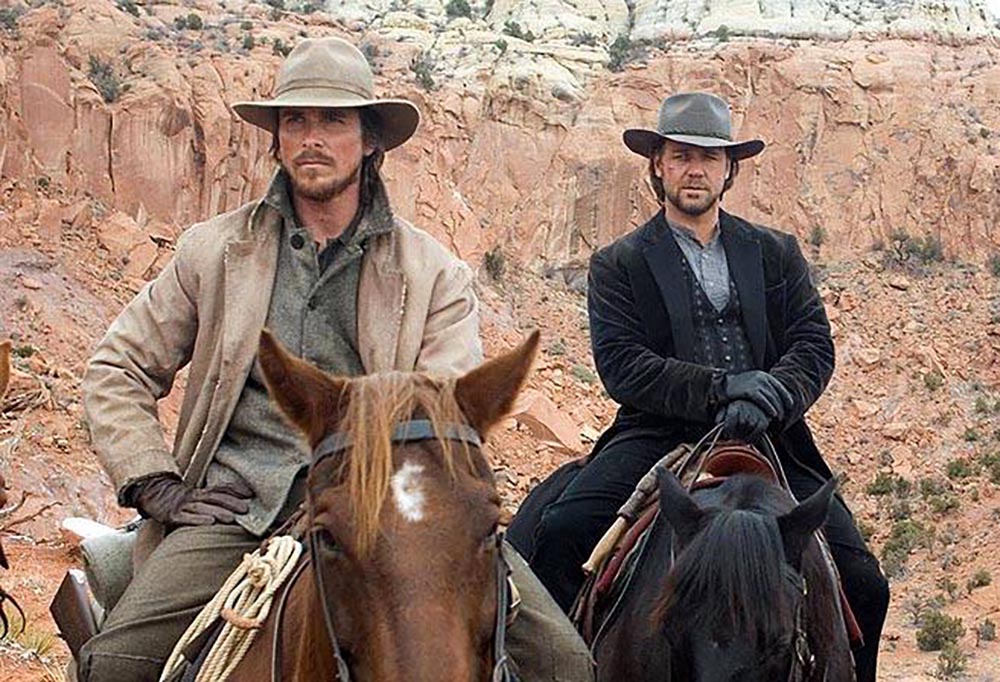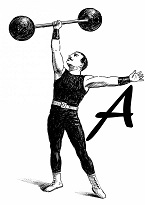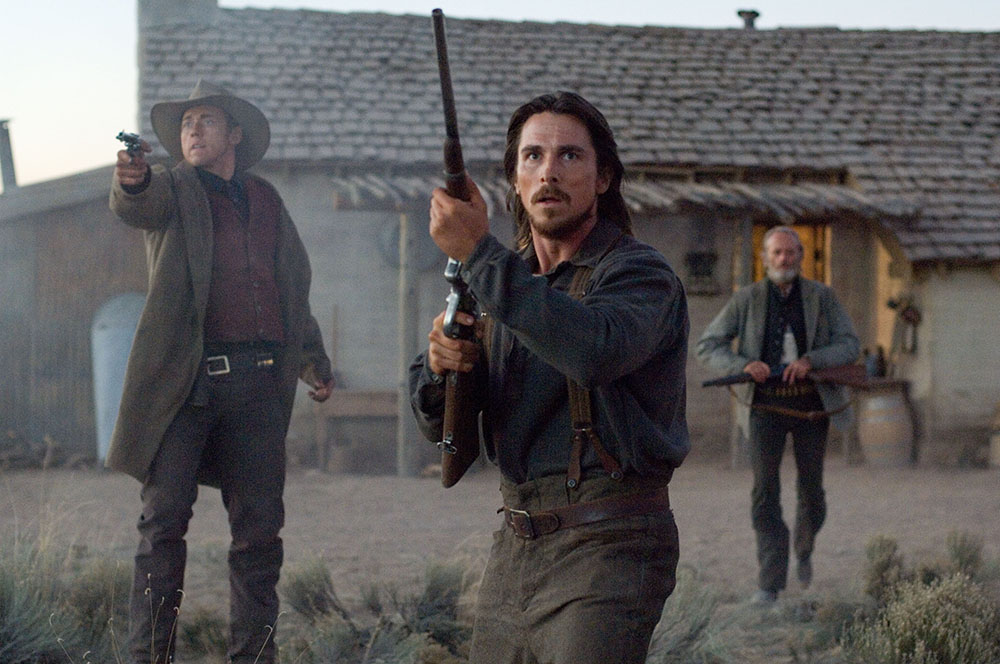The Western is one of film’s founding fathers. We are blessed with many of the movies we have today because of such towering pioneers of the cinematic art form as John Wayne, John Ford, Clint Eastwood, and Sergio Leone. They used to be the cool guys of Hollywood, an honor presently bestowed upon the Dwayne Johnsons and Robert Downey, Jr.’s of the world. Now, they’re simply legends. Old guys who make boring cowboy movies and have nothing to offer the modern moviegoer.
Perhaps I’m painting general audiences today with too broad a brush here, but I genuinely fear the sentiment expressed above accurately characterizes how a large swath of the film-watching public feels about Westerns. It would certainly account for the uptick in hyper-stylized, Tarantino-ified entries into the genre in recent years. Don’t get me wrong, I have nothing inherently against “Django Unchained” and its blood-soaked cinematic brethren. These are fine pieces of entertainment in their own right; but amidst all of the gunfights, they often lose the spirit of the classic Western.
Every blue moon or so, however, Hollywood produces a Western that is faithful to the legacies of Wayne and Eastwood; that is to say, these are films more concerned with questions of morality and justice than they are with cowboys and shotgun shells. Boring, I know. But in the case of James Mangold’s exceptional 2007 picture “3:10 to Yuma,” it’s also absorbing and beautiful.
“3:10 to Yuma” is a remake of a 1957 film of the same name, which itself is an adaptation of a 1953 short story by Elmore Leonard. Nevertheless, Mangold’s rendition feels fresh and vital. It plays more like the definitive version of this 70-year-old tale than a regressive rehashing of familiar material. That is largely thanks to a thoughtfully-penned script and outstanding performances from the film’s impressive ensemble cast, a formidable group spearheaded by a pair of mesmerizing leads in Christian Bale and Russell Crowe. Both of them turn in some of their finest work in “Yuma:” Bale as the mild-mannered, broodingly contemplative rancher Dan Evans, and Crowe as the cunning, irresistibly devilish outlaw Ben Wade.

The plot is bare-bones: upon his capture, Wade is sent off with a select posse of men whose sole purpose is to safely transport the infamous gang leader to the town of Contention, where he will be placed on the 3:10 train to Yuma Prison. One of these men is Evans, a Civil War veteran whose farm has been ravaged by a devastating drought and the shady dealings of neighboring ranchers. He and his family are at the end of their rope. Motivated by the $200 reward that awaits him upon completion of the mission, Evans sets out with the convoy despite having lost a leg during the war.
What else drives the quiet, mysterious family man? Well, therein lies the question. A significant portion of the film’s appeal is generated by the intrigue of the character arcs that populate the well-crafted screenplay, which works amazingly well considering there are three different names attached to the writing credits. That many screenwriters may usually suggest a writing process fraught with indecisive rewrites, but the final product is coherent and assured all the same. As is evidenced by my abbreviated synopsis, there isn’t much in the way of actual plot within “Yuma’s” 2-hour run-time. The lean, well-paced film is filled out in other, more substantive ways, namely in richly-written character interactions that play on each performer’s individual strengths while staying true to the full-bodied characters that evolve over the course of the narrative.
Here lies the primary strength of James Mangold’s rustic, handsomely mounted film: the characters. These are three-dimensional characters with as many complexities and veiled motivations as pistols and cowboy hats. It is Crowe and Bale who shoulder the bulk of the duties, and the two men they embody, wholly different in nature yet similarly captivating nonetheless, travel down two intertwined paths that seem inextricably linked despite their conflicting moral perspectives. The dramatic interplay between these two in particular is enough to make “3:10 to Yuma” a legitimately compelling modern Western on its own, but they are further helped by a capable supporting cast with personalities and idiosyncrasies aplenty.
Without spoiling even an inch of the film’s fantastic third act, I find it necessary to say that there will undoubtedly be those summarily put off by some of the characters’ consequential decision-making throughout the film’s climactic moments. “3:10 to Yuma” doesn’t sacrifice the truth of the characters that it creates and follows the course of the character arcs it charts to their logical, respectful conclusions. This gives the film a mythic, almost folktale-like quality that does away with whatever semblance of realism or believability it did possess in its final moments. From my perspective, the movie is resoundingly better for this, its ultimate conclusion all the more impactful and resonant.
James Mangold’s Western is a rarity of its time. A well-oiled, classic-style film that has a healthy reliance on good, old-fashioned storytelling to get the job done. The gunfights that do break out (and there are a handful to be sure) are exponentially more interesting than they otherwise would be because we know the characters holding the weapons and actually care about their stories. It stands today, even 13 years since its initial release, as one of the 21st Century’s most exemplary installments in the canon of the Western.


